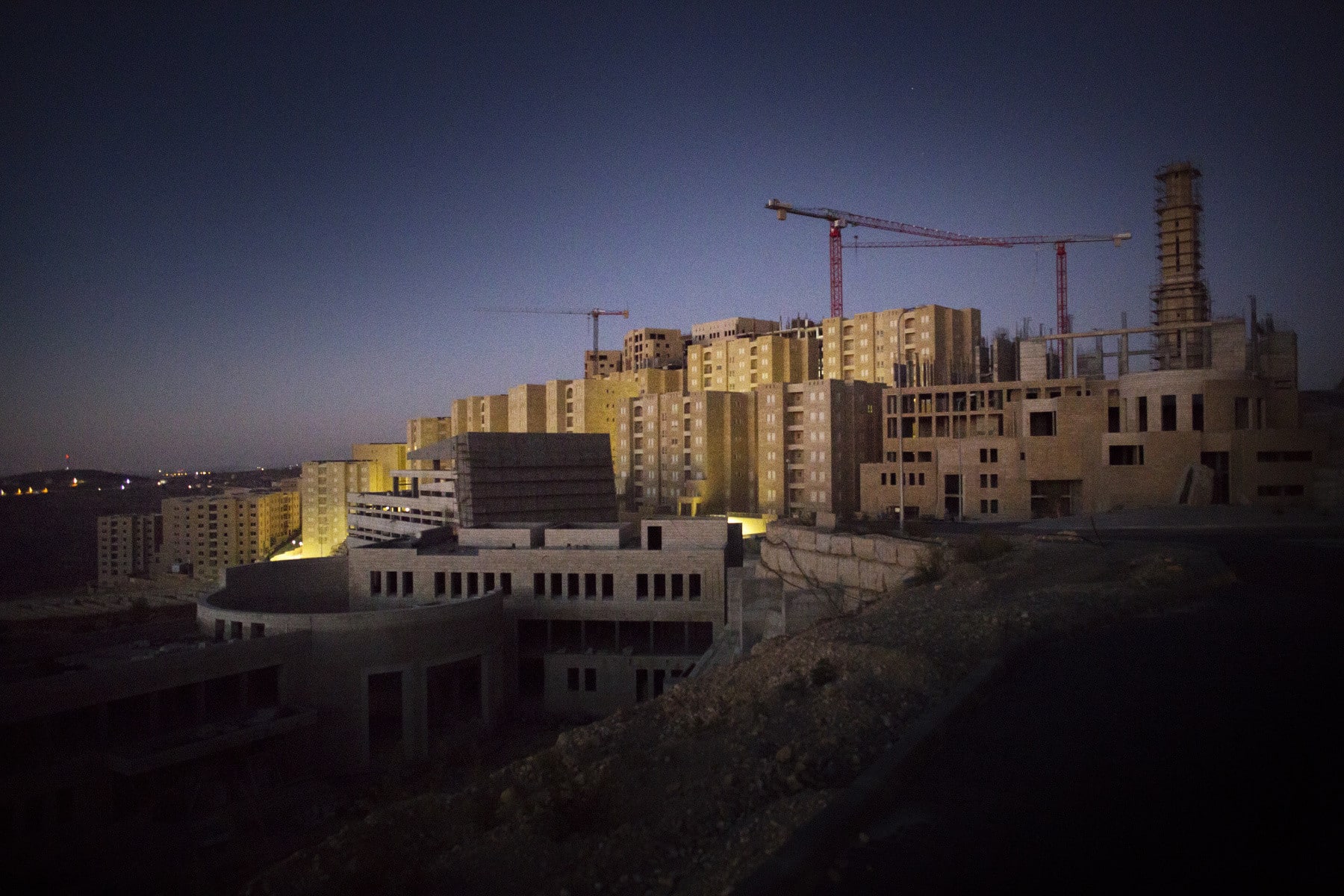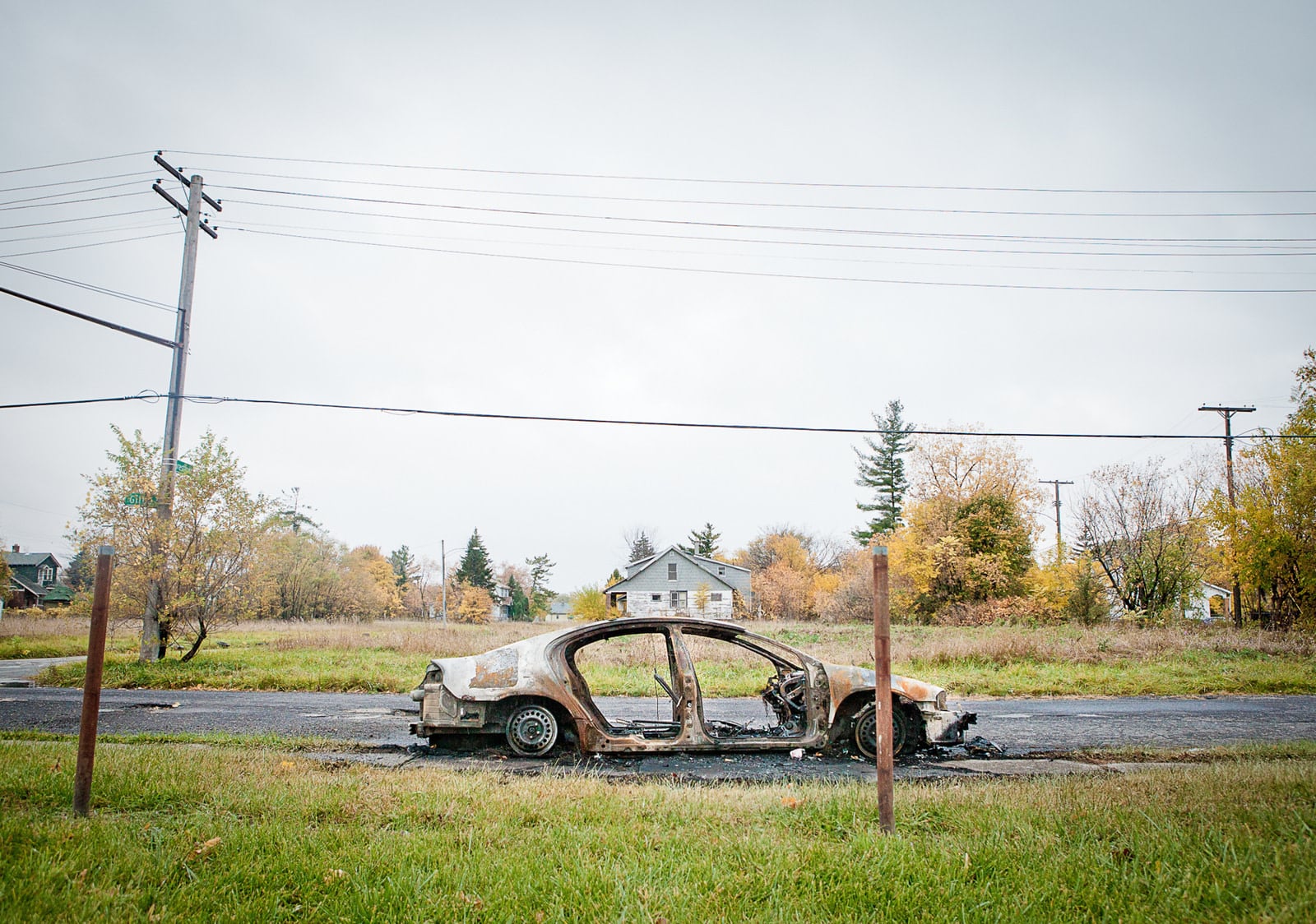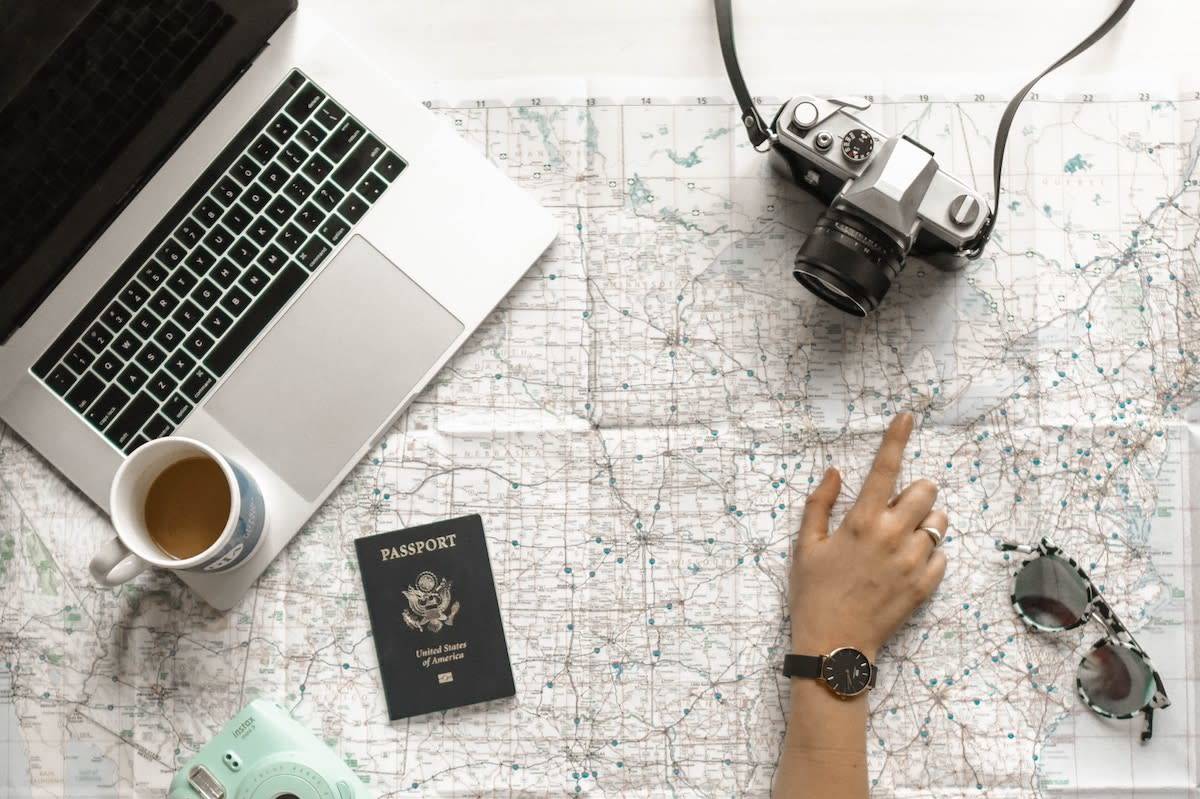Photojournalism is a photography career path that requires both skill and passion. It’s not an easy job. A photojournalist relies only on images to tell a narrative story. They battle through dangerous war zones, crowded political scrums and insulated communities. Every story is a different challenge that requires an expert photographer with grit, gusto and patience.
Since the golden age of photojournalism ended in the 1970’s, photojournalists have navigated an ever-changing atmosphere. The emergence of digital cameras, for example, have made it essential for organizations like the United States National Press Photographers Association (NPPA) to establish a code of ethics to stop manipulation of images and adherence to reporting “truthfully, honestly and objectively.”
How does a photographer become a photojournalist? Do you need a degree in journalism or a job at a news publication? We spoke to top photojournalists from all over the world to discuss how they built a career out of their photography. For some professionals, this path began as part of their studies in school, and for others it evolved over a long period from a part-time passion.
Read on to hear Annie Sakkab, Ian Brown, Jeffrey Brown, and Keith Lane share how they became photojournalists and had their work featured by The New York Times, The Globe & Mail, The Guardian, The Washington Post and Bloomberg.
Want to learn more about getting published?
How To Get Published In National Geographic
Vice Magazine’s Photo Editor Elizabeth Renstrom Wants Magic
Lucky Peach’s Art Director Devin Washburn is a Softie
How I Got Published by the New York Times

Don’t be afraid to talk to someone that you want to photograph and do a story on. Everyone has a story to tell and most will be more than happy to talk to you.
Jeffrey Brown
My first paying gig as a photographer was photographing high schools for a sports magazine in western Kentucky. It took me about a little over one year before I realized that photojournalism could become a career and a job I could do for part of my income. I knew since I started studying photojournalism, that this was a career that I wanted, but I was always trying to find ways to make an income from it. Within a little more then a year I was making a small income. Now, about six years later, this has become the source of all of my income.
There have been many important things to help me grow as a photographer. One of the most important things for me was having a mentor, someone that has a lot of experience. Someone who can help you grow in your career and give you helpful feedback. I’m always looking for feedback from other photographers that have been in the career field longer than me, so I can learn and grow.
One of my favorite parts of being a photographer is being able to show the audience something that they don’t get to see every day. I photograph lots of sports and sometimes I’m able to go to the locker room before and after the game to document how the team and coach get ready for a game, and also what happens after the game is over.
As a photographer, inspiration comes and goes from time to time. I’m always looking for inspiration and new ideas. One of the ways I find inspiration is by looking at other photographers’ work and what new ideas they come up with. Most photographers have an Instagram and share photos that they take. Seeing other photographers’ work has helped me with trying new ideas and inspiring me to keep creating photos.
My advice for someone thinking of becoming a professional photojournalist is to talk to the people in their neighborhood and around the town they live in. That is how I have met people that I have photographed for stories I was working on. Another piece of advice I would give is to not be afraid to talk to someone that you want to photograph and do a story on. Everyone has a story to tell and most will be more than happy to talk to you.
Jeffrey Brown’s portfolio

To find inspiration as a photographer, I like solitude when I need to think. So I take a lot of time, sometimes days on my own just thinking and writing.
Annie Sakkab
My first gig was photographing newborn twins. I remember driving all the way to Steeles Avenue in suburban Toronto looking to buy a particular plastic flower that I wanted to use in the pictures. I didn’t really know what was I supposed to do. I ended up doing a studio, like photo with a background. Now I realize studio photography is just not my thing, and I look back and think those experiences at the beginning are so important to get you to where you want. You have to go through tough times before you get to the sweet part, like everything else in life.
A documentary workshop in 2008 with Jack Picone opened my eyes to the world of social documentary photography. Then it was a two-year photojournalism program at Loyalist College in Ontario, and then the feedback and criticism that I’ve received from industry professionals and editors pushed me constantly to develop my work. The process is never finished. I always strive to be better, and it’s something I will do for the rest of my life—or for as long as I keep taking pictures—I will keep learning and developing.
For photography to become a full-time career for me, it took a very long time. That first gig, photographing the newborn twins, was in 2009. When I went back to school to study photojournalism for two years, that was in 2013. It took almost eight years to find my way, and I still feel I’m not there yet. So it really takes a lot of hard work, persistence, and passion to develop and to be a better photographer all the time.
To find inspiration as a photographer, I like solitude when I need to think. So I take a lot of time, sometimes days on my own just thinking and writing. I also get inspired by other photographers. I’m always looking online to check out new work. I love discussing ideas with other photographers. I think most of the time ideas start when you’re talking and interacting with people, and only when I start exploring and taking pictures that ideas develop into projects. A lot of times projects never materialize, but it’s that process of continuously taking pictures where ideas come from. You can’t do it if you’re not out there talking to people, putting current issues in context, whether political, social, environmental or otherwise.
My favorite part of being a photographer is being with people, getting into their lives and taking their pictures. I feel the adrenaline when I’m out in the field, being part of someone’s life. I love telling stories. I think the best moments are when the person I’m taking pictures of doesn’t see me anymore. I become invisible, and that’s when I feel I’m at my best.
For someone thinking of pursuing a career as a photojournalist, they must work very hard for it. Photography is not an easy profession. You have to love it and do it from the heart, otherwise don’t do it. One other thing I would say, which is very important, is to take criticism and use it to become better. Listen carefully to what editors say to you. They understand the industry and know it best.
Annie Sakkab’s portfolio

I have always considered that making portraits is a two-way street—it should be an enriching experience for both the photographer and the subject.
Ian Brown
Read our feature on Ian Brown’s New York Times published photo series American Dreams here.
My first paying gig as a photographer was to do some portraits for friends of friends. Like a lot of photographers, I did a lot of work for no cost in the beginning to build up a portfolio and try and get better. My first “real” commission was to photograph a project for Médecins Sans Frontières International (Doctors Without Borders) which was not a lot of money, but I got to travel and at the time it seemed pretty cool.
I had always worked several jobs, waitering, guiding paddling trips and doing whatever was needed to pay the rent. I had an opportunity to share a studio space in a cool renovated loft building at one point, and although I didn’t really have any real photography work to pay the rent, I took a leap of faith and came onboard for the studio. It compelled me to work hard and actively look for photography jobs, and pretty soon I was earning my living full-time from photography.
My most important development as a photographer was simply going out and taking pictures. I learned on film and spent a ton of time printing in a darkroom, learning about film and how to get the most out of it and also having to be economical with the amount I shot. Because you only have a finite amount of images with film, I think it instilled in me a sense of thinking about each time I released the shutter. A story that stuck with me was how Henri Cartier-Bresson would ask to see people’s contact sheets rather than their finished portfolios when he was looking at young photographers wanting to join Magnum Photos. It was all about the thought process rather than just nailing one image.
My favorite part of being a photographer is the opportunity to meet so many amazing people. It’s a real gift to be able to be let into people’s lives for a brief period and get to know them, learn and share an experience. I have always considered that making portraits is a two-way street—it should be an enriching experience for both the photographer and the subject. My “story well” has been topped up for years to come with the amount of experiences I have been fortunate enough to take part in meeting people from all walks of life.
I think that finding inspiration as a photographer and my advice for someone just starting out is sort of the same thing. There is something like one billion photos uploaded every day now, and both the production and absorption rate of this has created a bit of a viewer fatigue. Even really great images are hard to make stand out now. The best advice I ever received, and the advice that I would share, is to try as much as possible to photograph what you love. It means that your work is better and you’re more invested in it being better. A lot of people just follow trends. But if the work is good, people will eventually gravitate to it and you are then rewarded by being able to photograph what you love to do.
Ian Brown’s portfolio

I find inspiration in boredom. There’s something about letting your mind ramble. Some of my best work has come from simply being quiet and giving my brain time to breathe.
Keith Lane
My first paying gig as a photographer was for an op-ed I wrote about an NGO I was working with in Bangladesh. Initially they just asked for text, but after seeing some images I took in the field, they asked for some pictures to add to the article.
As a kid, I was always interested in photography and travel. In college and graduate school, I focused on environmental science and ecology. It wasn’t until after graduate school that I made the jump. I was volunteering in Bangladesh for a local NGO. Prior to my trip I bought a kit, DSLR and some lenses, and set up a blog to document my time overseas.
It was while I was out in the field one day early into my experience that I felt like photography was something I wanted to pursue. So I left my post early and applied, and subsequently went, to the Salt Institute for Documentary Studies. That was almost eight years ago.
The most important thing for my development as a photographer was to give myself permission to be a photographer. For a long time I had been interested in photography. But I didn’t know how to make the leap. Going to Salt was the first step. While there, I still wasn’t sure if I could make it as a photographer. Eventually I had to give myself the space to accept this new path. I had to, quite often, trust to know that what I was doing was right.
After Salt, I traveled to Cambodia to work on a personal project dealing with the removal of land mines in the countryside. The story was my first attempt after school at weaving issues about the environment with society into cohesive narrative, a theme I am still trying to work on today. While overseas, it became abundantly clear I was on the right track. After that trip I interned for a photo agency. It was during that time I saw firsthand the inner workings of the photography world—an invaluable experience. I would share my work with some people at the office and ask for their advice about next steps. Eventually they all said the same thing: you have to try and give this passion 100 percent of your effort.
Inspiration to me comes in different forms. It could be a movie or an art exhibition. Often, during downtime, which there can be a lot of as a freelancer, I find inspiration in boredom. There’s something about letting your mind ramble. Some of my best work has come from simply being quiet and giving my brain time to breathe.
Other times I’ve found inspiration from talking with friends about what they are reading or interesting people they might have come across. I also read every day. This can be in the form of news articles or books. I find reading vital to my career. Ideas that turn into projects can take days or sometimes years. Finding the initial inspiration for those concepts is fluid, but I’m okay with that.
My favorite part of being a photographer is being able to tell stories. Whether it be breaking news or long form, I truly enjoy the process of crafting a story that engages a larger audience. I feel lucky that I am able to make a career out of doing just that. It takes a lot of resolve to be a freelancer, especially in today’s market. And it can seem like progress is not being made.
It’s in these times I find it important to review just why I got into photography in the first place. Going through old work is one way that helps me see just how far I have come. It also strengthens my resolve to keep plugging away. Another way is talking to others who have been in similar situations. Those ahead of me often have gone through similar periods of doubt. I have to remind myself of my goals and put together plans to achieve them. In the end, it’s all about trusting yourself, continually being open to learning, and asking questions.
Keith Lane’s portfolio
Header image by Annie Sakkab.














